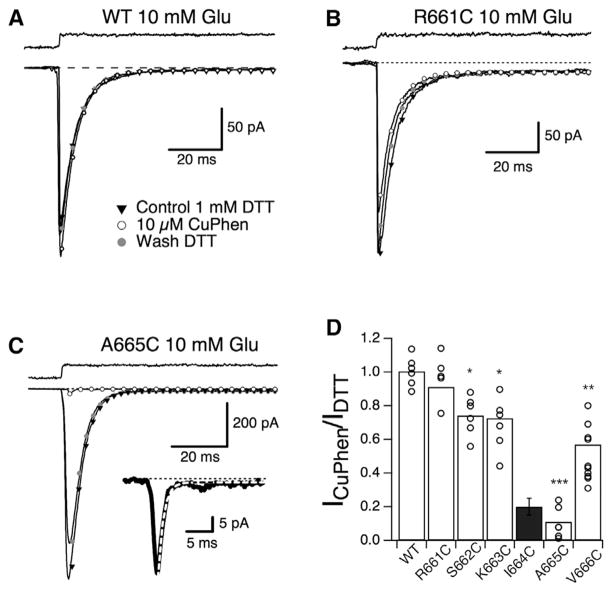Figure 2. Trapping of the Full-Length GluA2-A665C Receptor.
(A) Activation and desensitization of WT GluA2 were not affected by oxidizing conditions. Single-exponential fits to the desensitization of responses to 10 mM glutamate in 1 mM DTT (control; kdes = 156 s−1, triangles and Wash [washout]; kdes = 164 s−1, gray circles) and 10 μM CuPhen (kdes = 167 s−1, open circles) are illustrated.
(B) Activation and desensitization of the R661C mutant were similar in oxidizing conditions (10 μM CuPhen, open circles, kdes = 239 s−1) and in reducing conditions (1 mM DTT; control, triangles, kdes = 239 s−1; wash, gray circles, kdes = 207 s−1).
(C) The A665C mutant shows a strong reduction of the peak current (~90%) under oxidizing conditions with a full recovery of the current after the re-application of 1 mM DTT. The desensitization rate was similar before and after the application of CuPhen (control kdes = 149 s−1, triangles; kdes = 175 s−1 after washout in 1 mM DTT, gray circles). The inset shows the fit (dashed line) to the current in oxidizing conditions.
(D) Bar graph representing the effect of CuPhen on the peak current in WT and mutant receptors. Individual patches are shown as open circles. The strongest inhibition in oxidizing conditions was for A665C (peak current 11% ± 4% of that in reducing conditions; p<0.0001 versus WT (***); one-way ANOVA with Dunnett’s post hoc test). For R661C, the probability of no difference versus control was 0.95; for V666C, p<0.001 (**); for the other mutants, p<0.01 (*). The data for the I664C mutant are taken from Plested and Mayer (2009).
See also Figure S2.

